Water is all around us! Whether it’s the rhythmic lullaby of ocean waves, the tranquil serenity of a mountain lake, or the playful tinkling of a babbling brook, water possesses an uncanny ability to heal, inspire, and rejuvenate. Perhaps you’ve heard about the benefits of “green spaces” and their positive effect on children’s physical and mental health. Green spaces, such as parks and forests, can calm a child’s mind, help them focus, and reduce their anxiety. But, just as beneficial in other ways are the lesser talked about “blue spaces.” Today, marine biologist, photographer, writer, and South Florida mom of two, Bethany Augliere, sheds light on the powerful benefits of spending time near and around water, called Blue Hours. We will delve into the transformative magic of water, exploring why it is essential for our well-being, and how embracing the beauty of “Blue Hours” can lead to a richer, more fulfilling life. So, take a deep breath, unwind, and prepare to immerse yourself in the powerful world of water’s restorative wonders.
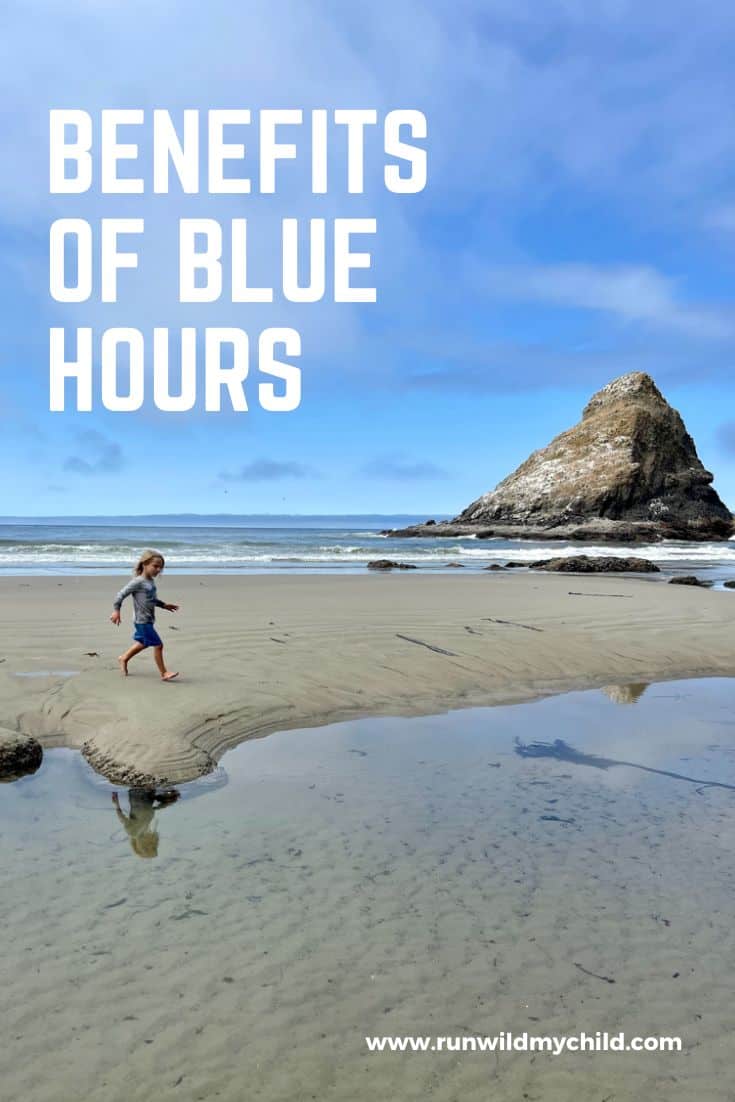
“If there is magic on this planet, it is contained in water.” ~ Loren Eiseley
Our attraction to water
Humans have an innate and profound attraction to water, and this connection is deeply rooted in our evolutionary history and our basic biological needs. Water comprises about 70% of the human body. Water covers more than 70% of Earth. Humans spend the first 9 months of our existence in a watery womb. We require water for various physiological functions, including digestion, circulation, temperature regulation, and waste elimination.
Our attraction to water may be instinctual, as our ancestors needed to locate and consume freshwater sources to survive. But water also provides a natural playground for humans. From swimming in oceans and lakes to kayaking down rivers or simply relaxing on a beach, water offers a wide range of recreational activities, as well as natural therapy for stress relief.
Many of us have heard that green space, or time in nature, benefits the body and mind, especially to combat all our time behind screens and inside under fluorescent lights. Less attention has, though, been paid to blue spaces — areas around rivers, lakes, oceans, and ponds. Recognizing the importance of water and “blue spaces” in our lives can lead to a deeper appreciation of its value and the need to protect and preserve this precious resource for future generations.
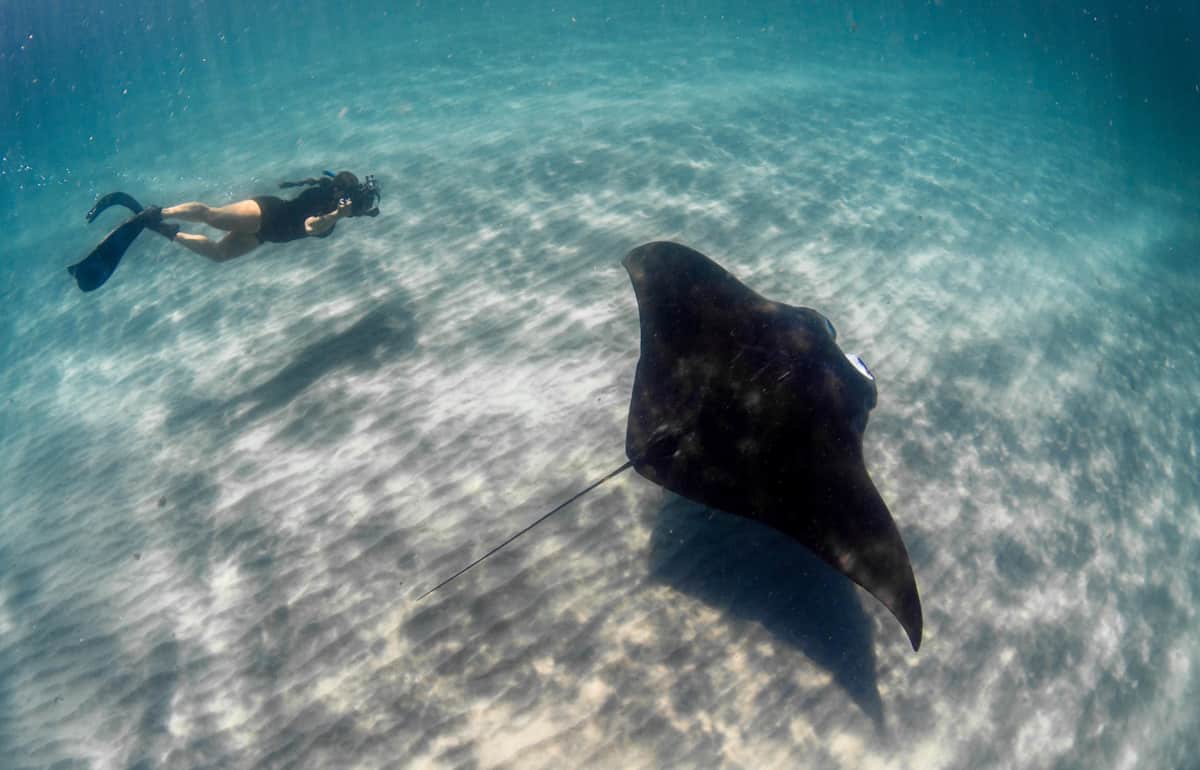
Photograph of Bethany Augliere by Nicodemo Ientile
Ocean memories
Childhood is a time of wonder and exploration, a period when the world’s mysteries are unveiled through the lens of innocence and curiosity. For many of us, some of the most cherished and enduring memories of our early years are those spent in those blue spaces near water. These experiences aren’t just fleeting moments in our past; they lay the foundation for a lifelong connection with nature. The time we spend as children near water not only forms indelible memories but also fosters a profound bond with these environments that can shape our relationship with the natural world throughout our lives.
Some of my best memories involve water, from my childhood to just this past summer. When I was growing up, the water was like a second home. My dad’s parents lived on a lake in northern Virginia, and my mom’s parents lived five minutes from the beach in Long Island, New York. I spent my childhood learning how to bodysurf and boogie board with my grandma, cousins, and friends. We often got tossed in waves, emerging from the water with sand burns on our legs. In the winter, we took family trips down to the Florida Keys. I loved snorkeling in the tranquil waters, scuba diving on coral reefs, and kayaking in mangroves. I have fond memories of searching for hermit crabs with my little brother at the shore’s edge.
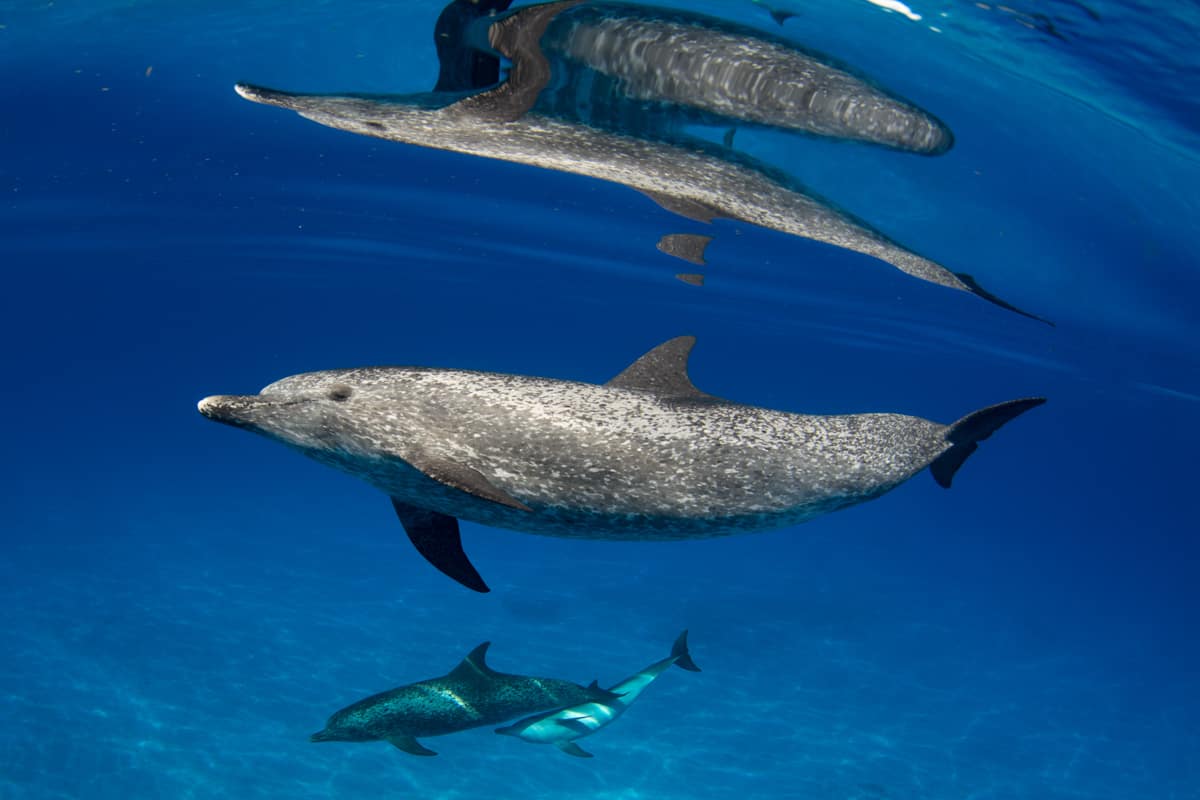
Blue space and mental health
Today, Western countries are experiencing a rise in mental health issues, including social anxiety, especially among young people, which is linked to increasing social media use and academic and social pressures. Among all disease groups worldwide, mental disorders are the leading cause of years lived with a disability. We all have stress, but how can we better cope with that stress?
Get outside and see some blue!
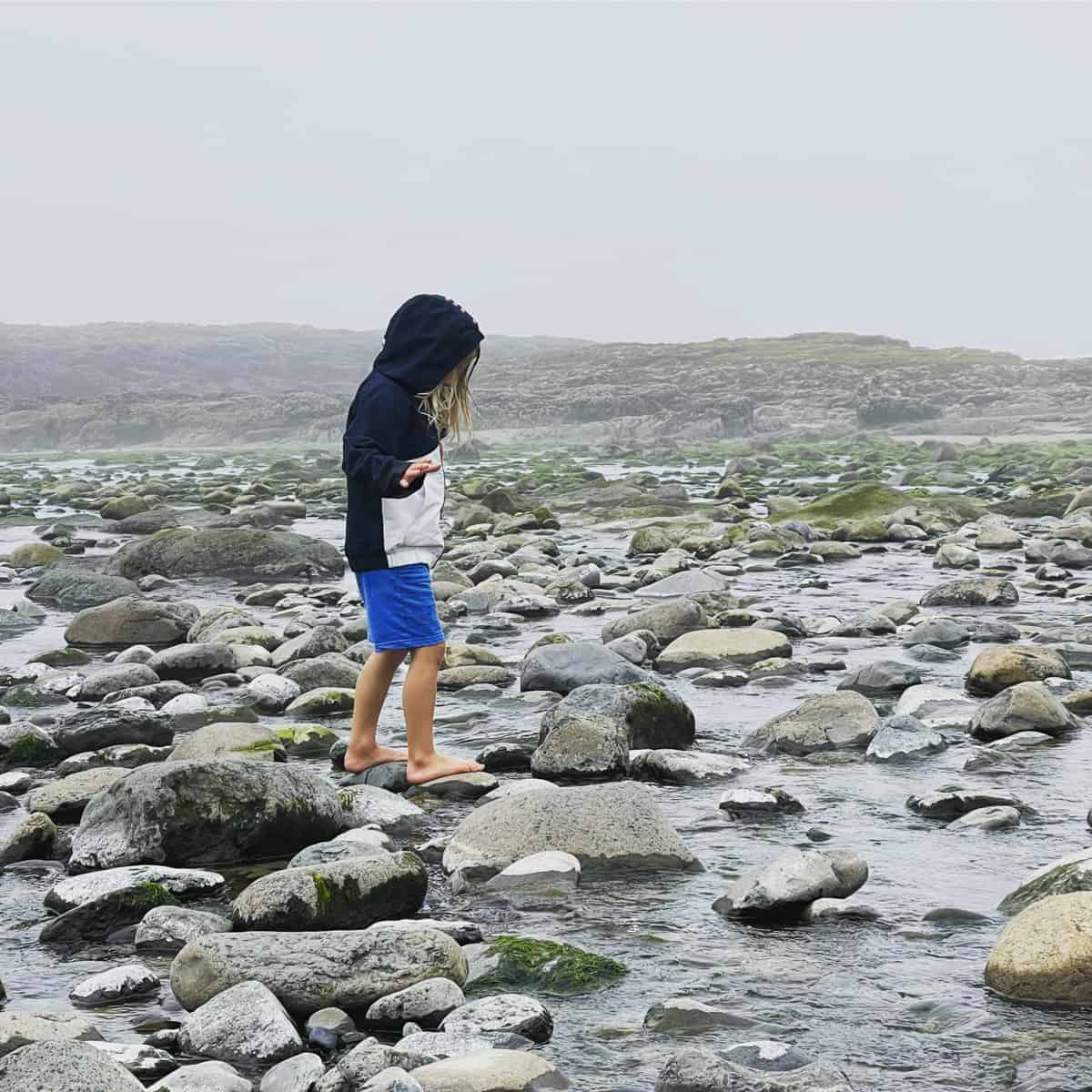
Blue Mind Theory
The Blue Mind theory, popularized by marine biologist and neuroscientist Wallace J. Nichols, Ph.D., is the mildly meditative state people fall into when they are near, in, under, or on water. This theory posits that spending time near or around water (be it oceans, lakes, or rivers), triggers a neurological and psychological response that promotes relaxation, reduces stress, and enhances overall well-being. By immersing ourselves in the sights and sounds of blue spaces, we tap into a deep-seated connection with water that calms our mental state, encourages creativity, inspires reflection, and fosters a sense of interconnectedness with the natural world.
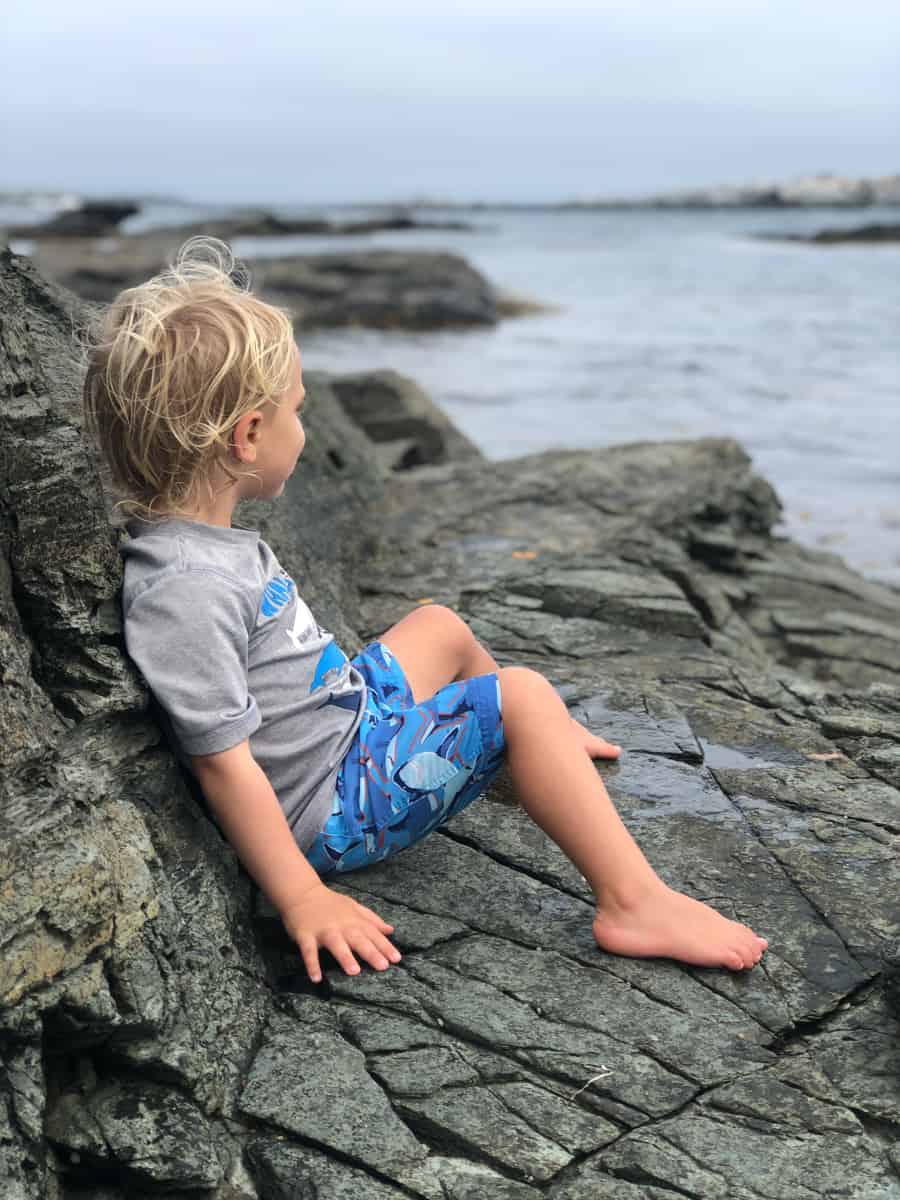
Blue spaces vs. green spaces
Spending time in both green spaces (parks, forests, meadows), and blue spaces (near water) can offer a range of benefits to physical and mental well-being, yet they provide distinct experiences due to their unique characteristics. The key difference between green and blue spaces lies in their sensory experiences. Green spaces provide a predominantly visual and olfactory experience, with lush landscapes and the smell of vegetation. In contrast, blue spaces engage multiple senses, including visual, auditory, and tactile sensations. The sound of water and the feeling of coolness in the air or on the skin contribute to a more holistic sensory experience.
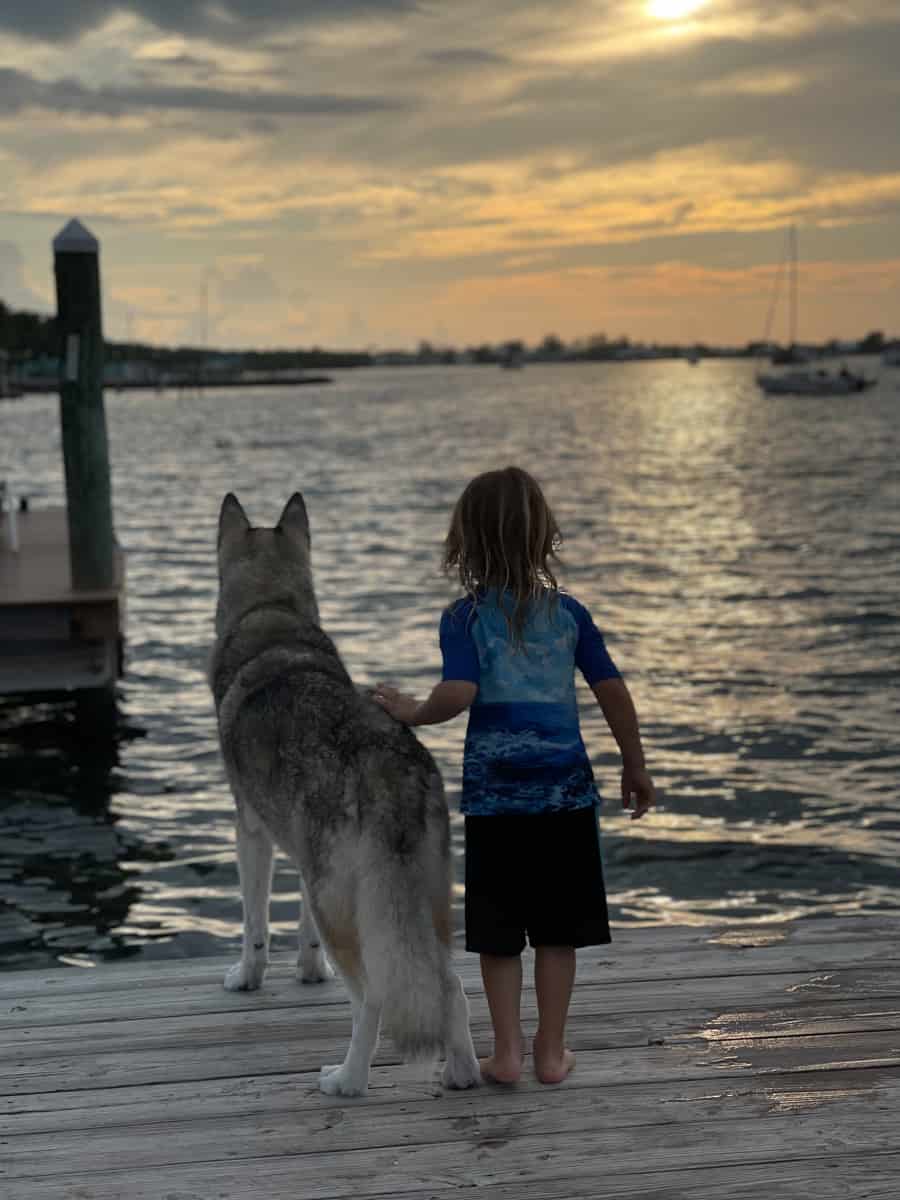
Benefits of blue spaces (and spending time near water)
The presence of water has an inherently calming effect on the human mind. The benefits of spending time in blue spaces come from 4 main ways: physical activity, stress reduction, providing a space for socialization, and the environmental factors that impact health. Experts have found that spending time in blue space lowers the risk of stress, anxiety, obesity, heart disease, and even premature death.
Some scientists claim that bodies of water can unlock problem-solving and creativity and that water’s color, sound, and feel can lower pulse rates. Water’s ever-changing patterns and reflections often inspire creativity and introspection, making it a source of artistic inspiration and personal insight.
The rhythmic sounds of waves, the reflection of the sky on the water’s surface, and the cool breeze all contribute to a sense of serenity. Blue spaces are associated with improved mood and increased feelings of happiness and relaxation. Being near water can reduce symptoms of anxiety and depression.
Like green spaces, blue spaces also offer opportunities for physical activity, such as swimming, kayaking, or boating. These activities promote physical fitness and mental well-being. Swimming, hiking, exploring, enjoying the company of friends, soaking up vitamin D, it all happens when exploring blue spaces. Many people report feeling a profound connection with nature when near water, which can foster a sense of interconnectedness and environmental stewardship.
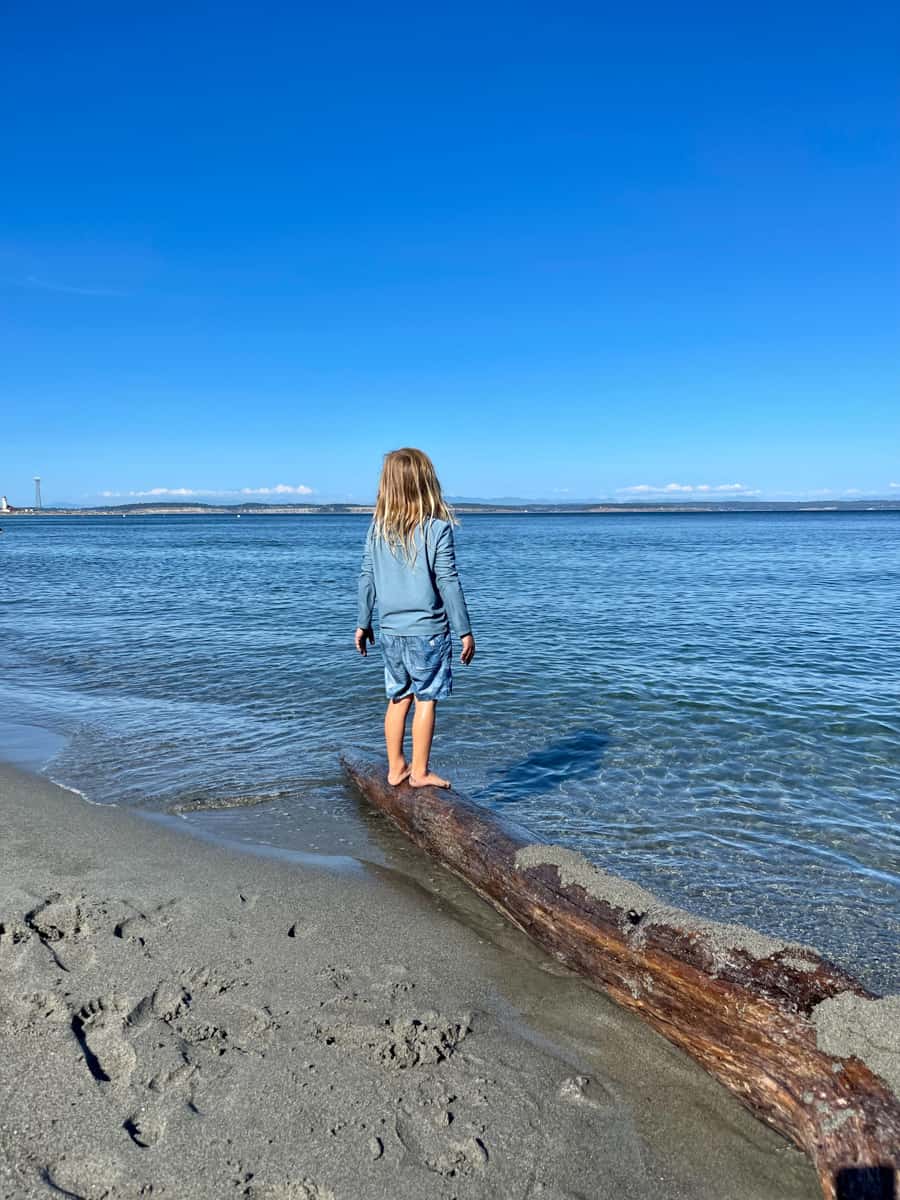
Benefits of blue spaces for kids
A recent study reveals that recreational exposure to blue space as a child can have a major impact on a person’s adult mental health and can encourage them to maintain a healthy relationship with nature into adulthood. In the study, respondents shared their experiences with blue space during childhood, including how frequently they visited it and how comfortable their parents were allowing them to be in and near water. In a nutshell, more blue space exposure as a child results in better adult mental health and a greater propensity to spend recreational time in nature as an adult.
And not only that, but adults who had familiarity and confidence around coasts, rivers, and lakes, were more likely to spend recreational time in nature during adulthood, leading to continued benefits.
Spending time recreating in blue spaces can also help with your child’s social skills and behavior. Another study found that higher beach attendance each year during childhood was associated with decreased total difficulties and peer relationship problems and increased pro-social behavior.
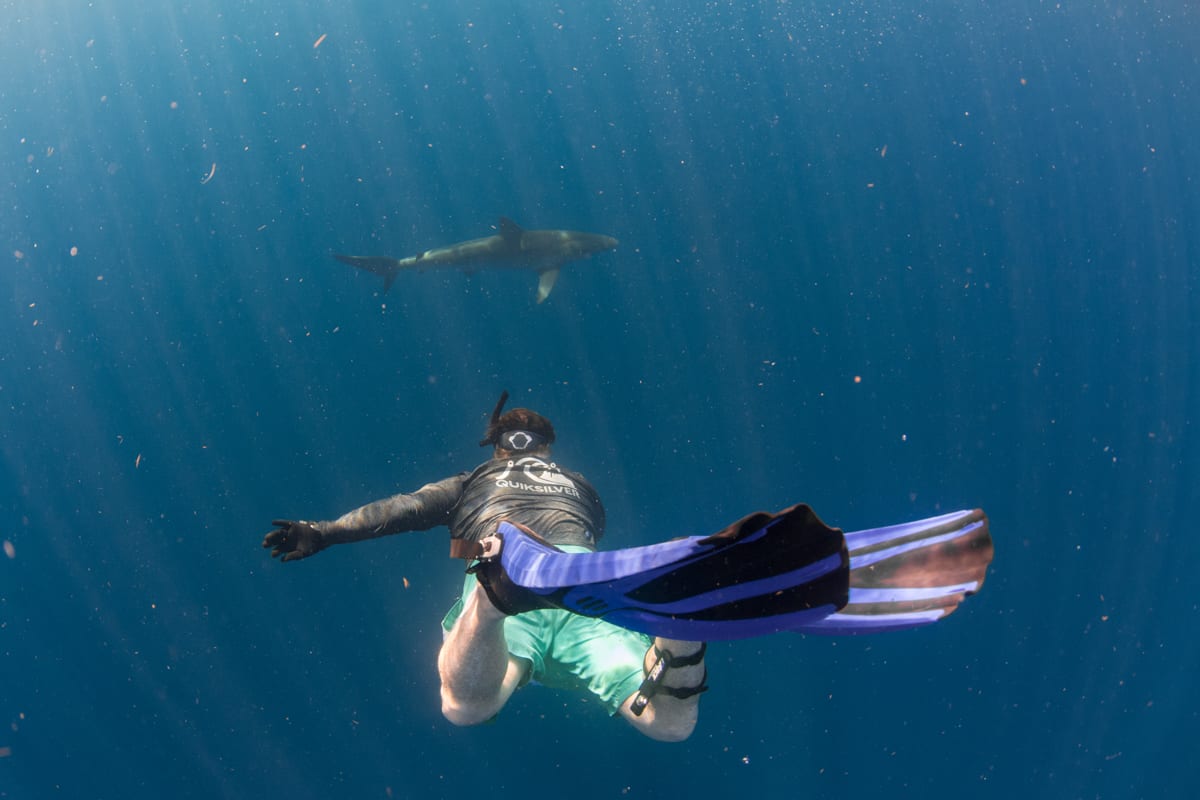
Turning a love of water into a career
While you won’t find this in the study, to me, there’s no question that spending so much time in and around water as a child made a profound impact on who I became and sparked a curiosity that turned a passion into a career. I whole-heartedly believe that being in and around the water is good for my mind and body, and I feel lucky I had the exposure I did to lakes and oceans as a kid. I truly feel that’s where my love for the water began and shaped the person that I am now.
As a young adult, I spent a decade studying wild dolphins in the Bahamas to film and photograph their underwater behavior as a marine biologist with the Wild Dolphin Project. I loved the water so much that I learned the art of freediving — holding your breath while diving until resurfacing. Descending beneath the surface with nothing but the air in my lungs is a sense of peace I often cannot find on land. My time underwater has brought me eye-to-eye with tiger sharks, great hammerheads, dolphins, manta rays, whale sharks, moray eels, sea horses, sea turtles, and countless other fascinating creatures.
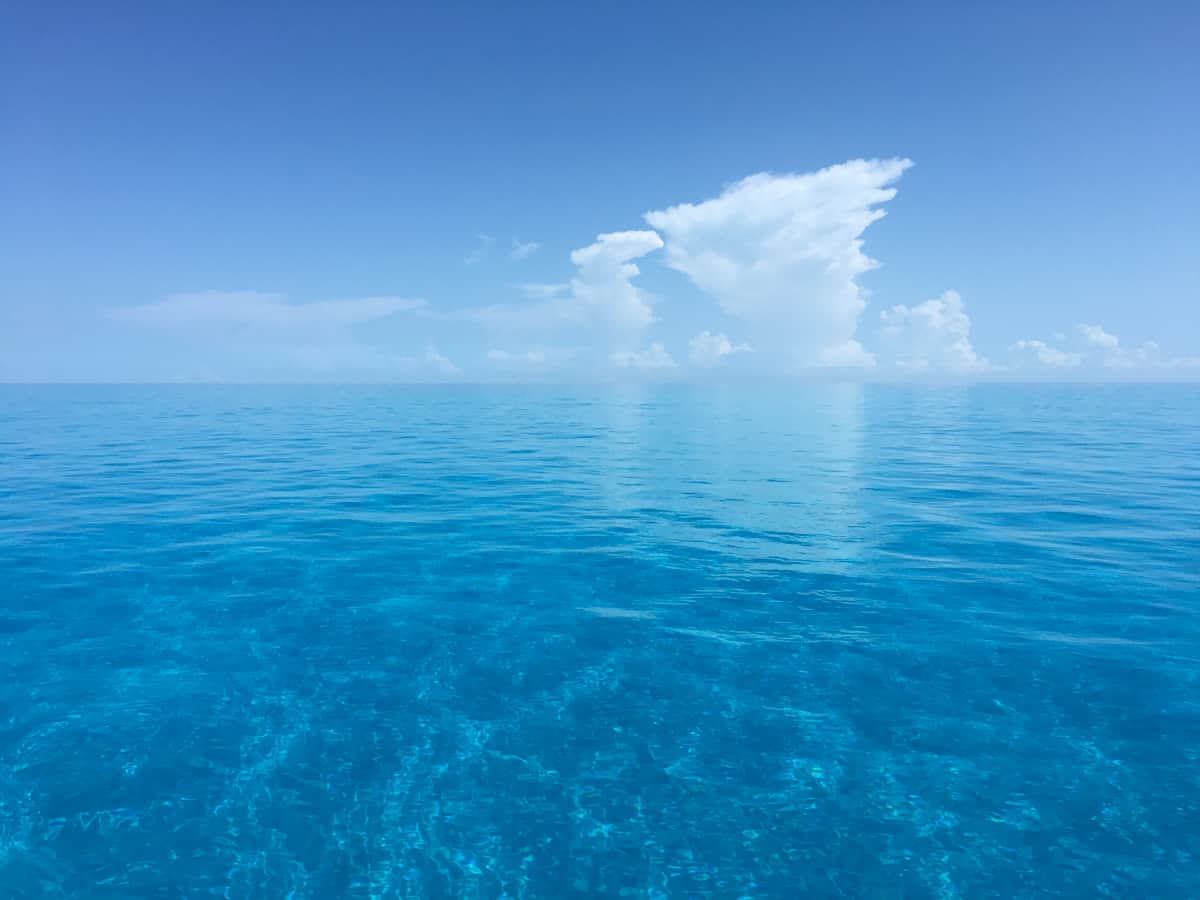
Fear of what lies beneath
While I have always loved water and have loved discovering what the open ocean holds, water can illicit fear and anxiety for some people. What’s lurking beneath the surface that I cannot see? Will I get bitten by a shark? The good thing is that countless ways exist to enjoy and benefit from blue spaces. You don’t even have to get wet if you don’t want to.
For those who harbor a fear of open water and the mysteries it may hold beneath its surface, the benefits of blue spaces are still accessible and transformative without ever having to take the plunge. The simple act of being in blue spaces (near water), can offer a profound sense of calm and connection. The soothing sounds, the refreshing breeze, and the visual serenity of the water’s expanse can instill a deep sense of peace and tranquility. These moments allow one to breathe in the therapeutic essence of blue spaces, nurturing mental well-being, reducing stress, and providing a valuable opportunity to reflect and recharge while maintaining a comfortable distance from the depths that may elicit fear. In this way, the healing power of water remains fully accessible, catering to individuals with varying comfort levels, ensuring that everyone can experience the restorative embrace of nature’s watery wonders.
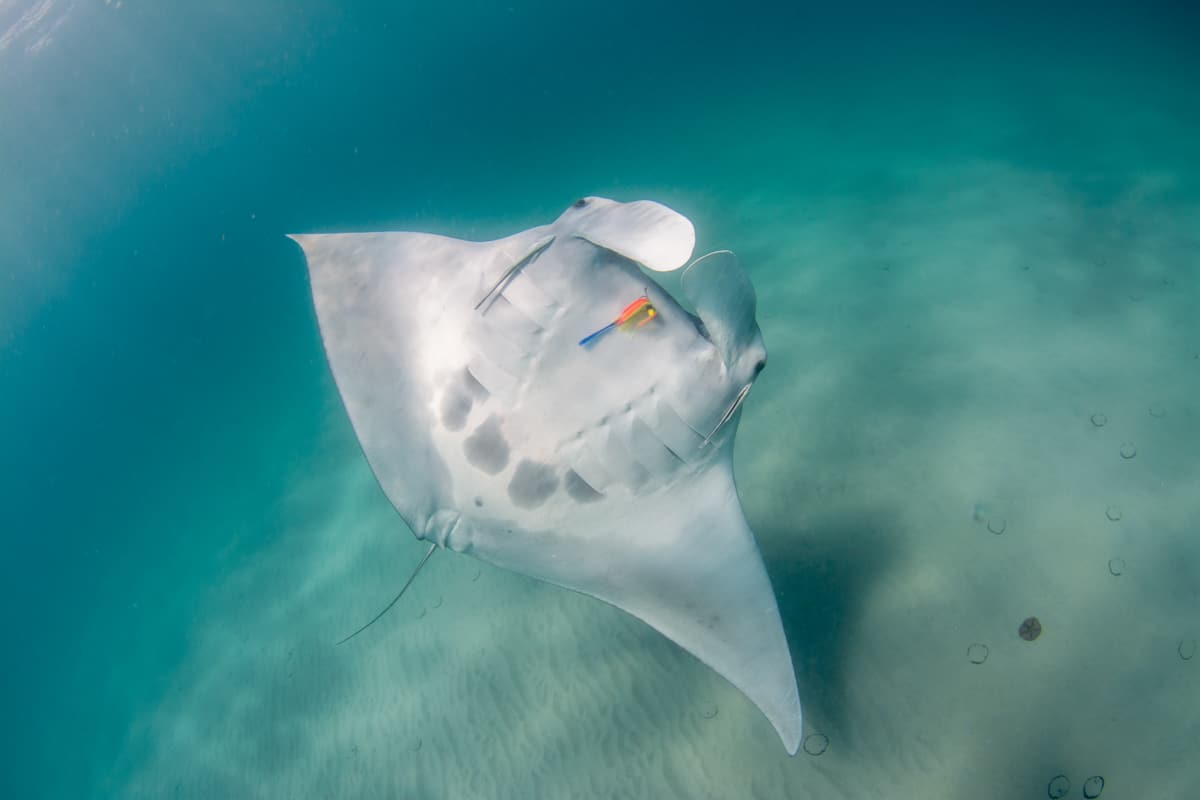
Ways to start exploring blue spaces
Blue space, which encompasses the sea and coastline, rivers, lakes, canals, waterfalls, and even fountains, has been used therapeutically for years. Whether you are already an outdoorsy family looking for new adventures or simply want to find yourself in more blue space, here are some ways you can incorporate water into your life.
Keep it simple
If spending time in lakes or oceans is outside your comfort zone, then start small. Take a walk along a lake or stream, or sit on your patio and watch the rain. Take your little ones to jump in a puddle and watch the water splash or search for salamanders in a small creek. The point is to be intentional with your mind and time. Searching for places to explore water can often lead to finding cool new areas in general that you might not have otherwise found.
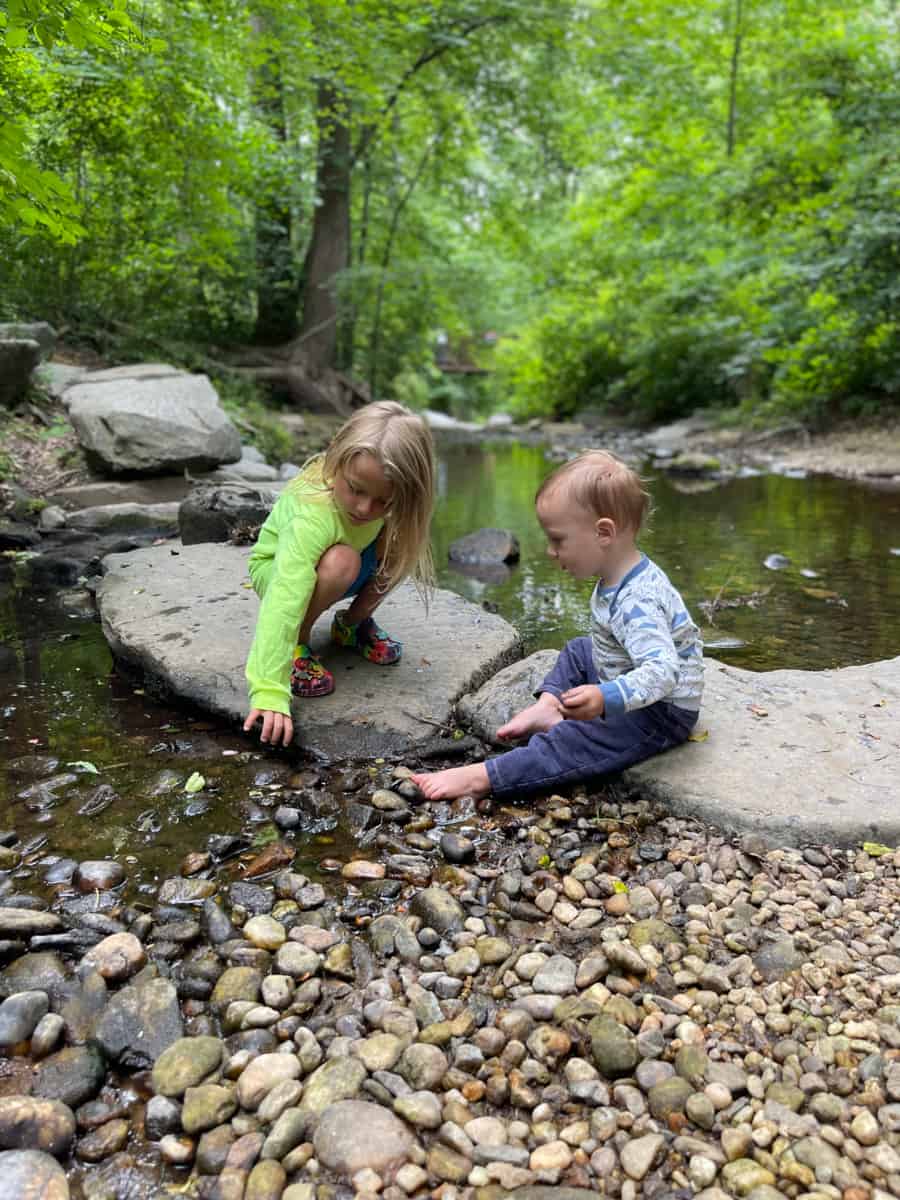
Try something new
If you are feeling adventurous, try a new (to you) activity on the water, like stand-up paddleboarding, kayaking, or tubing down a river. We started bringing a boogie board and skim board to the beach for my 4-year-old just so he could start getting comfortable with them. (We get most of our sports equipment second-hand from thrift shops or friends, especially when we are just starting to try stuff out).
Snorkeling
Most people think you can only snorkel on tropical vacations to Hawaii or the Caribbean, but I often bring my mask and snorkel to lakes and rivers to see what I can find. This summer, I found a newt while snorkeling in a lake in Oregon. In prior years I’ve found giant snapping turtles, American eels, and landlocked salmon in the lakes of Maine or river otters and snakes in the freshwater springs of Florida, in addition to manatees. So, put on a mask and dip your head beneath the surface; you’ll never know what you are going to find.
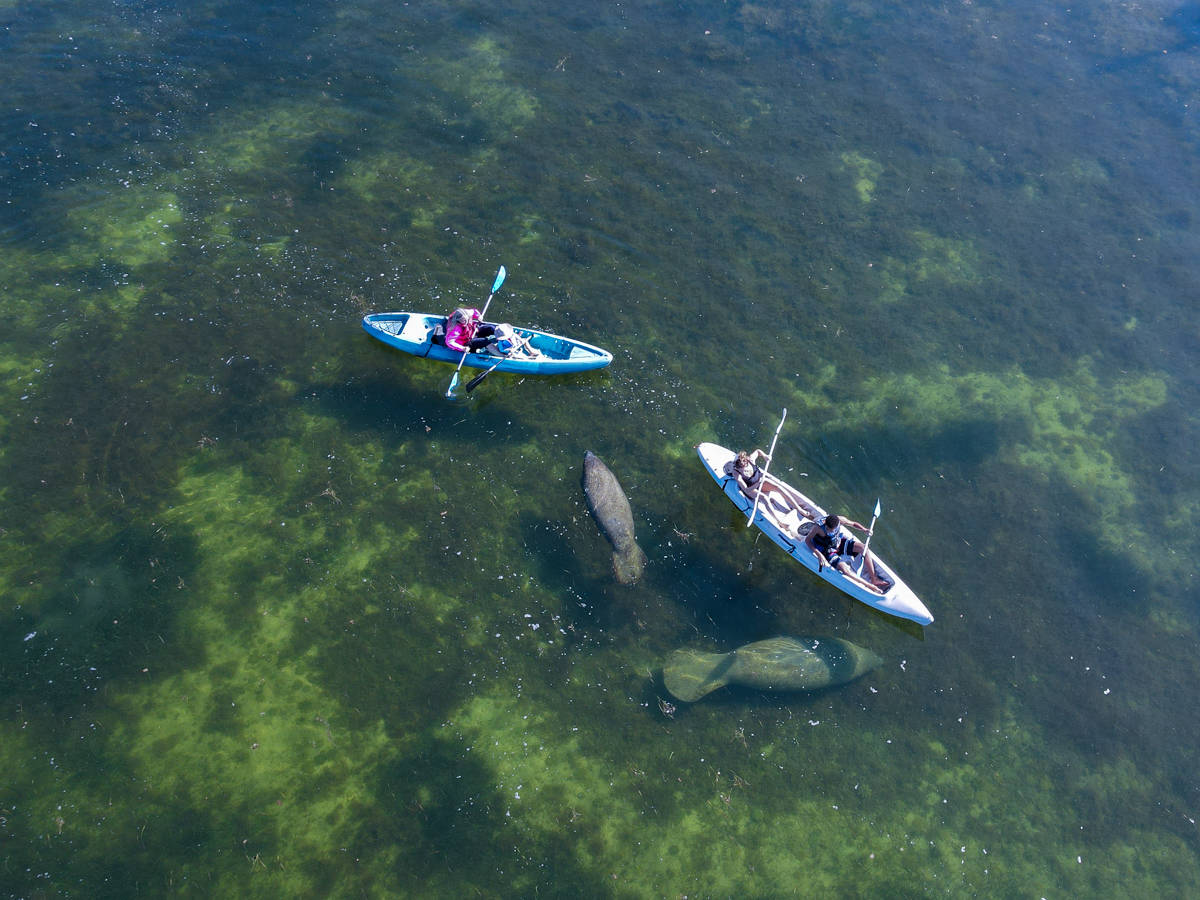
Let them lead
It can be tempting to want to push your kid into trying something new or something that you love. But pushing them is rarely an effective method and can often backfire. Let them lead and take it slow. When I was teaching my then three-year-old to snorkel, I’d take him to a calm lagoon area, let him stay where he could stand, and just dip his head under with goggles to look for critters. Finding calm, clear water is one of the best ways to start building confidence when swimming in lakes or the ocean.
In Florida, if it’s windy and choppy at the beach, we often take the kids to little spots on the Intracoastal, an inland waterway system made up of natural inlets, saltwater rivers, bays, sounds, and man-made canals. It’s more protected than the beach, which means the water is much calmer and without waves.
Bring friends
Nature is a great place to reconnect with friends and socialize. Adventure friends, shared joy, and positive peer influence can help us and our kids expand our horizons and potentially try new things we might not otherwise try. And parents might also feel more comfortable trying new things with more experienced parents nearby. I love being that positive influence, helping other families feel a bit more comfortable in the ocean if they are with us.
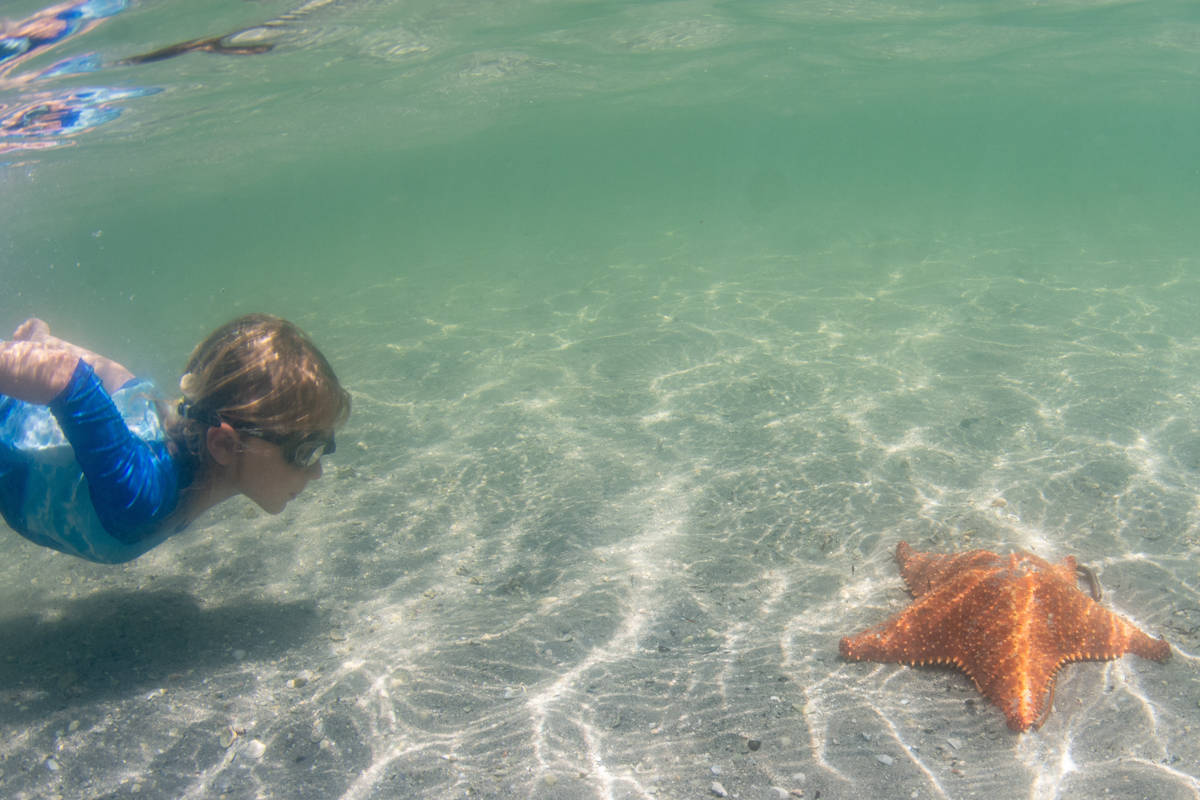
100 Blue Hours movement
My passion is to help others enjoy the water for their own mental and physical well-being. Ultimately, I also hope this inspires people to care about these vital ecosystems and take positive action toward the environment, whether it’s recycling more, shopping second-hand, minimizing single-use plastics, participating in beach cleanups or learning about a local endangered species.
For this reason, I co-founded the 100 Blue Hours movement along with Brittini Arlene, a fellow marine biologist and water-loving mom.
The mission: spend 100 hours in or around the water in one year. This averages to about 2 hours a week.
The movement underscores the importance of reconnecting kids with the natural world. Spending quality time in blue spaces fosters a deep and lasting connection between children and the environment. These experiences instill a sense of wonder, respect, and appreciation for the natural world, encouraging future generations to become stewards of the environment. After all, “in the end, we will conserve only what we love, we will love only what we understand,” said Baba Dioum.
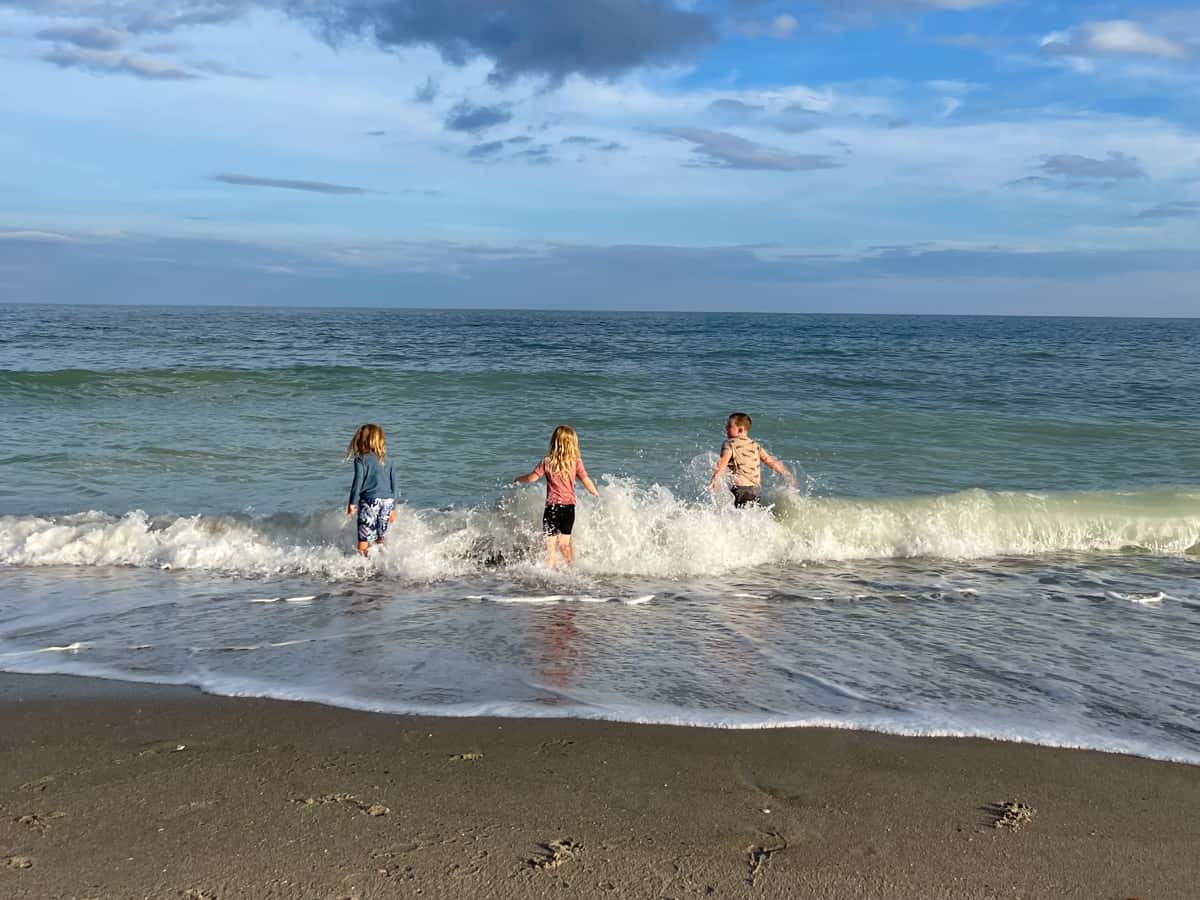
Why 100 blue hours in a year?
The goal of spending 100 hours in blue spaces over the course of a year is significant for several reasons, but it is also achievable, striking a balance between setting a meaningful target and ensuring it’s realistic for most families:
100 hours represent a substantial amount of time spent in nature, which can lead to tangible physical and mental health benefits for children and adults alike. Regular exposure to blue spaces can reduce stress, boost mood, and promote overall well-being. Setting a specific goal of 100 hours encourages families to consciously prioritize outdoor activities in blue spaces. This intentionality can lead to positive behavioral changes, such as reducing screen time and increasing physical activity.
One hundred hours spread across 365 days provides flexibility for families to plan outings at their own pace. It allows for a variety of short and long visits, accommodating busy schedules and different seasons. 100 hours over a year adds up to meaningful and cumulative experiences. Over time, these experiences can shape a child’s perspective, fostering a deep and lasting connection with the natural world.
We also think the goal of 100 hours over a year is attainable for families of varying backgrounds and access to blue spaces. It doesn’t require expensive vacations or extensive travel. It doesn’t require you to homeschool or forgo other meaningful activities. Many communities have accessible local water bodies, parks, or green spaces where families can spend quality time. While it encourages regular outdoor time, the 100-hour target is not overly demanding. It allows families to enjoy the process without feeling pressured to meet strict quotas, making the experience enjoyable and sustainable.
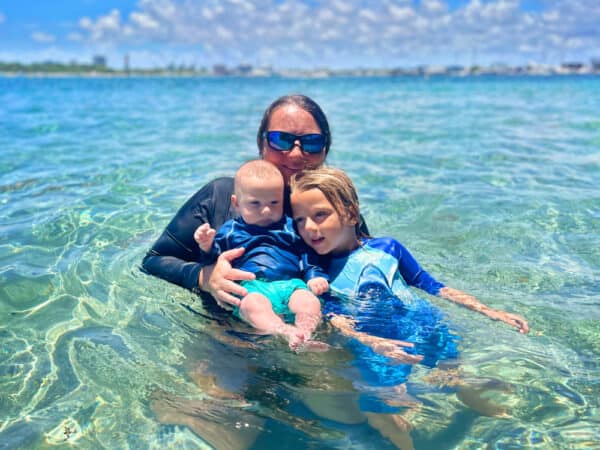
About the author
Bethany Augliere is a marine biologist, conservationist, and storyteller. She has always been inspired to encourage people to fall in love with nature and explore their own backyard, in hopes of instilling a desire to help protect the Earth and its creatures — especially the ocean. Her work has brought her eye-to-eye with giant tiger sharks, playful dolphins, curious manta rays, and gentle manatees. Now, as a mom, she aspires to share those adventures with her family, whether it’s kayaking in the Everglades or searching for shark teeth on the beach.
You can find more from Bethany online in the following locations:
Instagram: @wilder_seas
Facebook: @bethanyaugliere
Website: www.bethanyaugliere.com
RWMC posts: Bethany Augliere








terima kasih infonya keren bgt